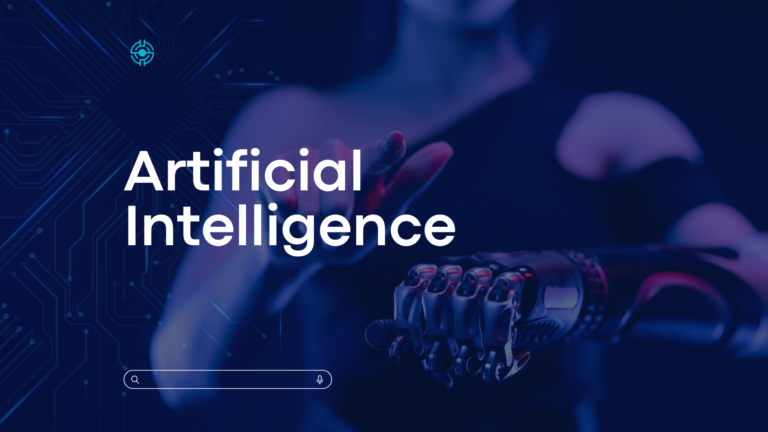How to use Ai for data visualization and dashboard
The fundamentals of AI data visualization and dashboards
By using machine learning techniques, AI can locate relevant information, suggest visualization alternatives, and arrange your dashboard for optimal impact. With this analytics and AI mix, your dashboards will be responsive, dynamic tools that adapt to changing data landscapes.
Understanding a few key terminologies is essential to using AI in dashboards and visualizations. Despite their seemingly complex appearance, these are actually rather simple when considered in relation to their purpose.
Generating Natural Language (NLG)
An AI-powered software technique called Natural words Generation (NLG) uses complex data to produce spoken or written words. This implies that large datasets can be automatically converted into reports and summaries that are simple enough for anyone to read.
A strong analytics solution may include written or spoken analysis of the factors influencing the numbers you see in your dashboards and visualizations, going beyond simply providing reports and summaries for non-technical users. This is revolutionary for decision-making since it enables non-technical end users to rapidly infer conclusions from the data.
NLQ, or natural language querying
NLG and NLQ are closely related. It is the process of converting your inquiries into database queries and delivering responses in the appropriate manner. Artificial intelligence chatbots, which are increasingly common in contemporary analytics tools, are the most visible example of NLQ.
It is no longer necessary for an executive to make metrics and dashboards themselves in order to determine how many sales they have made this month in comparison to last month. “Give me a bar chart that shows how this month’s sales compare to last month’s sales,” they ask the AI chatbot, only typing the query. The answer is then provided by the chatbot.
NLG and NLQ work together to eliminate sophisticated query languages and database intricacies. Staring at static graphics is a thing of the past. There is a lot of discussion about how AI is driving the data analytics revolution because users can now interact with and study the data in ways they have never been able to before.
Analytical prediction
Another fascinating advancement in the application of AI to dashboards and data visualizations is predictive analysis. AI is able to forecast possible trends and patterns by examining past data. For instance, a sales executive can ask the chatbot to examine the data and provide an estimate of the number of sales they might anticipate in the upcoming quarter after comparing sales from this month to last month. The current visualization can then be updated with these findings to quickly display the direction of sales. All of this is made feasible by AI, which eliminates the need to comprehend intricate predictive modeling methods like neural networks and linear regressions.
It is impossible to exaggerate the significance of predictive analysis. It enables you to look ahead, giving the term “data-driven decision-making” a completely new meaning and enabling the introduction and inception of a real data culture simpler than ever.
AI-Powered Dashboard Creation Automation
Dashboard design may be automated with AI in a number of creative ways that improve user experience, accuracy, and efficiency. AI improves dashboard interaction by making it possible for:
Voice and Text Interactions: Natural language queries can be used by users to engage with dashboards, which facilitates the extraction of particular insights.
Adaptive Interfaces: AI is able to modify the information and dashboard layout in response to user preferences and behavior.
Real-Time Updates: Dashboards driven by AI are able to update data instantly, giving users the most recent information.
AI-Powered Automated Visualization Creation
Complex and educational graphics may be produced more easily with AI’s ability to automate data visualization development. Important advantages include:
Auto-Charting: Using the data and the insights it provides, AI algorithms are able to choose the best chart kinds automatically.
Dynamic graphics: Artificial intelligence is capable of producing dynamic graphics that change instantly when fresh data is ingested.
Customizable Dashboards: AI may emphasize the most pertinent facts and insights in dashboards to meet the needs of certain users.
Difficulties with AI-Powered Data Visualizations
Even if AI has many benefits, there are also drawbacks to take into account:
Data Quality: AI can only be as good as the data it uses to evaluate, and bad data might produce inaccurate conclusions. This risk can be reduced and more dependable results can be guaranteed by employing solid semantic models and limiting the context that AI models are supplied.
Complexity: Putting AI solutions into practice can be challenging and calls for technological know-how.
Fairness and Bias: AI systems may produce biased findings if they inherit biases from the data.
Conclusion
Dashboards and data visualizations are being transformed by AI, becoming more dynamic, perceptive, and intuitive. AI helps organizations make better decisions by improving data analysis, automating data pretreatment, and creating dynamic visualizations. The use of AI in data visualization will only increase as technology advances, providing ever-more-advanced tools and methods for deciphering complicated data.
“This course is easy to learn and has a great structure. This can teach anyone who has no prior knowledge of data science, Python, or machine learning.








